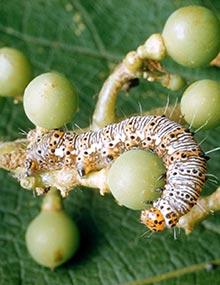

Caterpillars in Your Yard and Garden, Page 14
Reviewed
Eight-spotted forester caterpillars (Alypia octomaculata) are present from spring to early fall. They produce one to two generations per year.
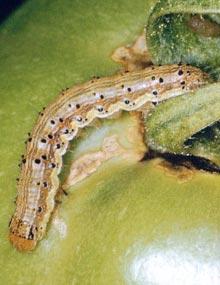
Caterpillars in Your Yard and Garden, Page 46
Reviewed
Tomato fruitworm, corn earworm caterpillars (Helicoverpa zea) are present in mid-June. They produce two generations per year.
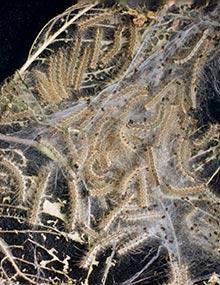
Caterpillars in Your Yard and Garden, Page 17
Reviewed
Fall webworm caterpillars (Hyphantria cunea) are present from spring to fall. They produce two to three generations per year.
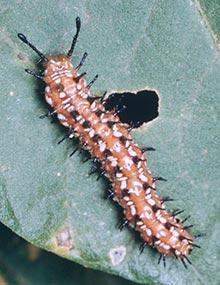
Caterpillars in Your Yard and Garden, Page 49
Reviewed
Variegated fritillary caterpillars (Euptoieta claudia) are present from June to October. They produce multiple generations per year.
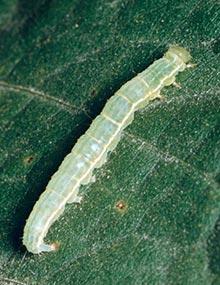
Caterpillars in Your Yard and Garden, Page 20
Reviewed
Green cloverworm caterpillars (Hypena scabra) are present from summer to fall. They produce three generations per year.
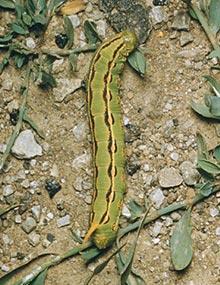
Caterpillars in Your Yard and Garden, Page 52
Reviewed
Whitelined sphinx caterpillars (Hyles lineata) are present from spring to early fall. They produce one to two generations per year.
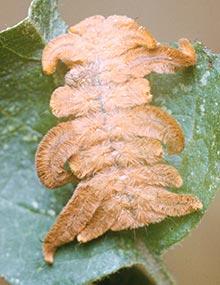
Caterpillars in Your Yard and Garden, Page 23
Reviewed
Hag moths caterpillars (Phobetron pithecium) are present in summer and fall. They produce one generation per year.
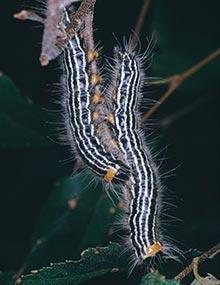
Caterpillars in Your Yard and Garden, Page 55
Reviewed
Yellownecked caterpillars (Datana ministra) are present from July to September. They produce one generation per year.
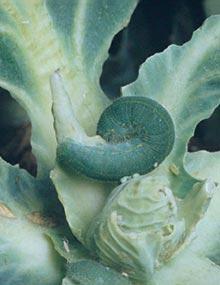
Caterpillars in Your Yard and Garden, Page 26
Reviewed
Imported cabbageworm caterpillars (Pieris rapae) are present from early spring to summer. They produce multiple generations per year.
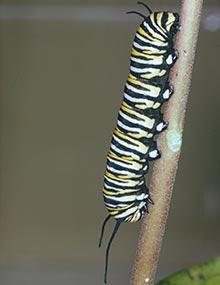
Caterpillars in Your Yard and Garden, Page 29
Reviewed
Monarch caterpillars (Danaus plexippus) are present in summer months. They produce multiple generations per year.
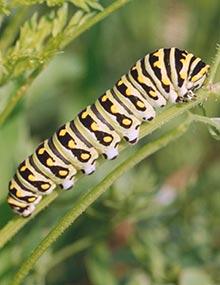
Caterpillars in Your Yard and Garden, Page 32
Reviewed
Parsleyworm caterpillars (Papilio polyxenes) are present from May to October. They produce three generations per year.

Caterpillars in Your Yard and Garden, Page 35
Reviewed
Poplar tentmaker caterpillars (Clostera inclusa) are present from spring to fall. They produce two generations per year.
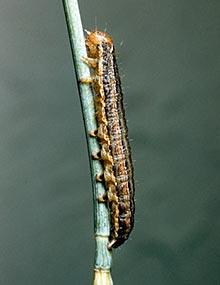
Caterpillars in Your Yard and Garden, Page 03
Reviewed
Armyworm caterpillars (Pseudaletia unipunctata) are present from early summer to fall. They produce three generations per year.
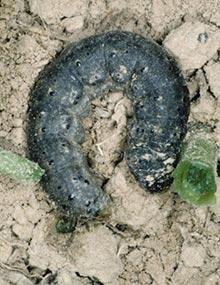
Caterpillars in Your Yard and Garden, Page 06
Reviewed
Black cutworm caterpillars (Agrotis ipsilon) are present from late spring to fall. They produce one to three generations per year.
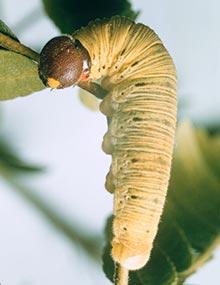
Caterpillars in Your Yard and Garden, Page 38
Reviewed
Silverspotted skipper caterpillars (Epargyreus clarus) are present in summer and fall. They produce two to three generations per year.
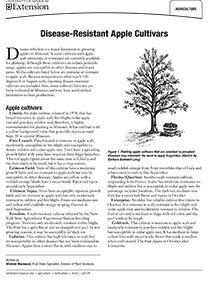
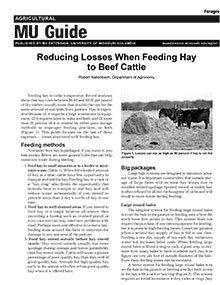
Reducing Losses When Feeding Hay to Beef Cattle
Reviewed
Feeding hay to cattle is expensive, mostly due to waste. Learn good management practices to minimize the losses that occur due to poor storage methods, improper feeding methods, or both.
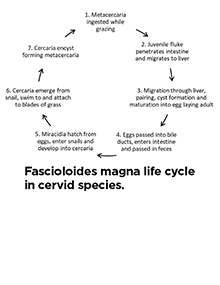
Liver Flukes in Missouri: Distribution, Impact on Cattle, Control and Treatment
Reviewed
Cattle operations should evaluate their risk for is Fascioloides magna, also known as the deer fluke or the giant liver fluke. Learn about its distribution in Missouri, its life cycle, treatment and more in this guide.
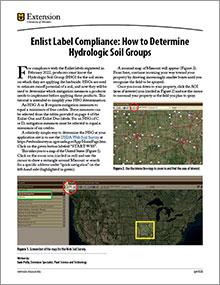
Enlist Label Compliance: How to Determine Hydrologic Soil Groups
New
Learn how to use the USDA Web Soil Survey interactive map to determine your field's hydrologic soil group for the soil series on which you plan to apply an Enlist herbicide.
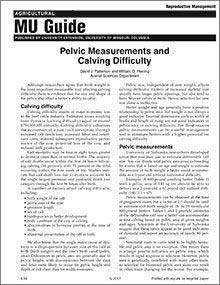
Pelvic Measurements and Calving Difficulty
Reviewed
Learn how pelvic measurements can help estimate calf birth weight and reduce calving difficulty in beef cattle.
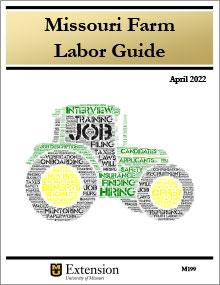
Missouri Farm Labor Guide
Revised
Learn good human resource practices related to employee recruitment, hiring, onboarding, training and termination that your farm or agribusiness can use.

Decision-Making Techniques for Community Groups
Reviewed
Explore four decision-making techniques to help community groups identify and prioritize projects effectively.
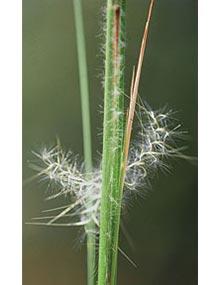
Quail-Friendly Plants of the Midwest, Page 10
Reviewed
Broomsedge is a native warm-season grass that is often confused with little bluestem, but broomsedge stems are the more flattened and more densely leafed. Also, broomsedge in the fall/winter is typically yellowish tan, while little bluestem has a bronzy color.
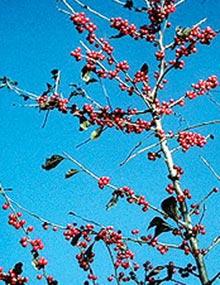
Quail-Friendly Plants of the Midwest, Page 42
Reviewed
Possum haw grows mostly as a shrub but sometimes as a tree up to 30 feet tall. The twigs are slender with short, spurlike lateral twigs. The white flowers bloom in mid-spring either singularly or in clusters. Fruits are orange to red and globe-shaped.
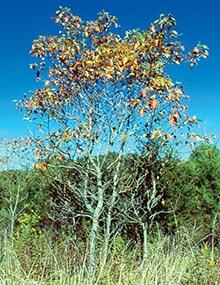
Quail-Friendly Plants of the Midwest, Page 45
Reviewed
Sassafras provides essential cover and food for wildlife, offering berries for birds and fragrant leaves for deer and rabbits. It thrives in diverse habitats.